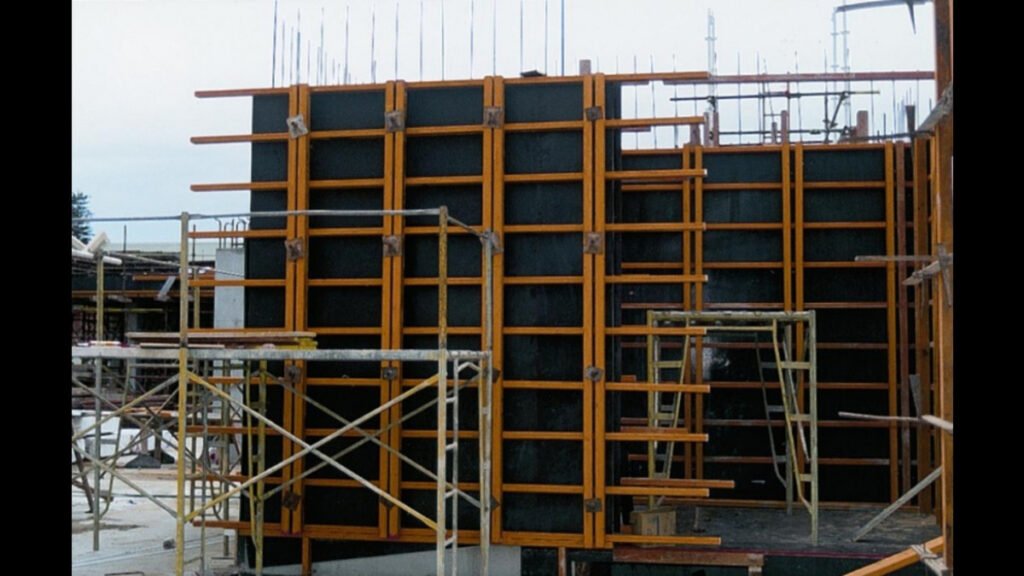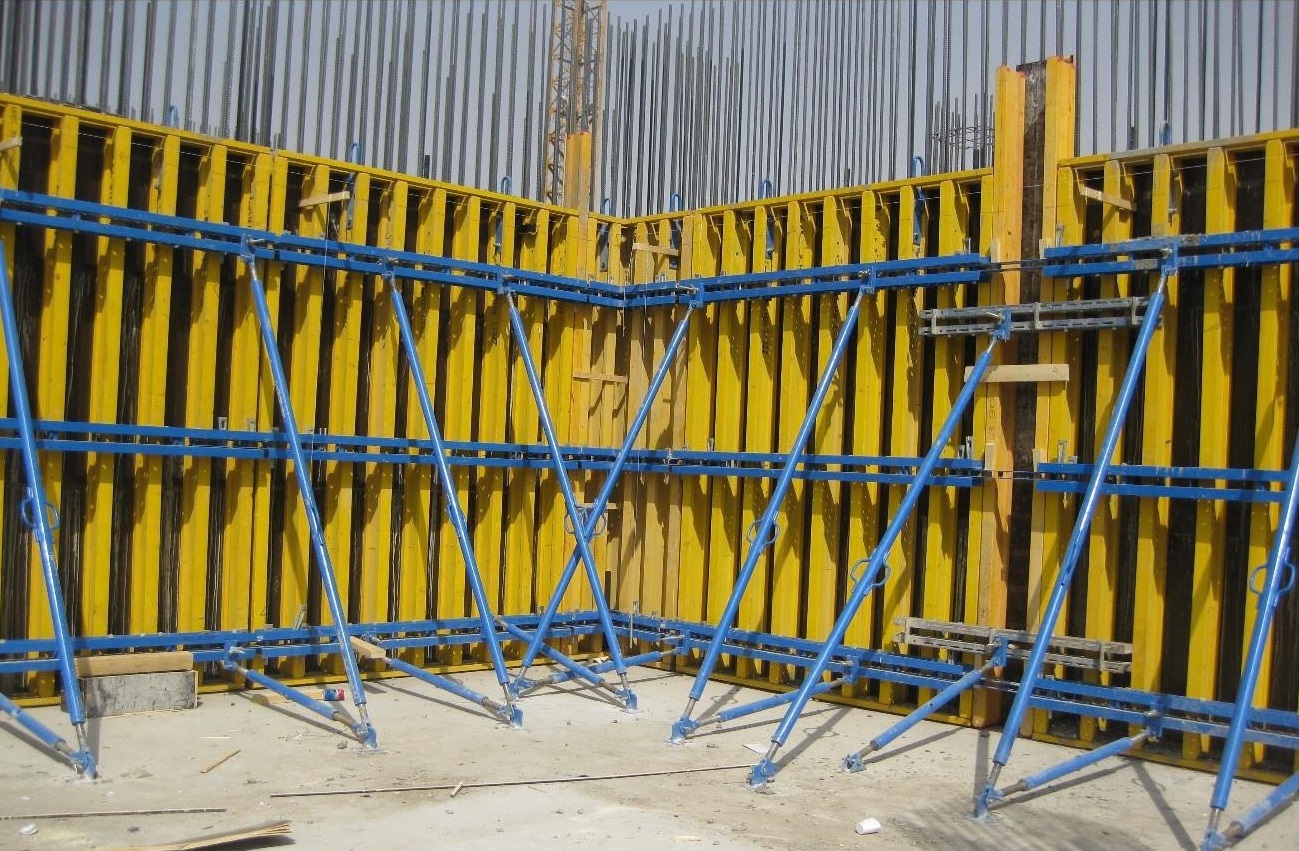Expert Guide to LVL Timber Formwork Prices
LVL timber formwork is a popular construction tool used in the building industry. It offers a wide range of benefits and is widely used for various types of construction projects. However, before investing in LVL timber formwork, it is crucial to understand its features and how it affects the overall cost. In this expert guide, we will explore LVL timber formwork in detail, including its definition, benefits, factors influencing prices, estimating costs, tips for purchasing, and maintaining your investment.
Understanding LVL Timber Formwork
In conclusion, understanding LVL timber formwork is crucial before making any investment decisions. By considering factors such as material quality, market trends, and estimating costs accurately, you can make informed choices regarding purchasing and maintaining LVL timber formwork. Follow the tips provided in this expert guide to navigate the market, negotiate favorable prices, and maximize the lifespan of your formwork investment.
Definition of LVL Timber Formwork
LVL stands for Laminated Veneer Lumber, which is a type of engineered wood product. LVL timber formwork refers to the use of these laminated veneers in the construction of temporary molds or structures to hold wet concrete in place until it sets and gains sufficient strength. It is a versatile and durable formwork solution that offers excellent structural performance.
When it comes to LVL timber formwork, the laminated veneers are carefully bonded together with adhesives under high pressure to create a strong and reliable material. This process ensures that the formwork can withstand the pressures exerted by the wet concrete, providing a stable framework for the construction project. Additionally, the smooth surface of LVL timber formwork helps achieve a high-quality finish on the concrete surface.

Benefits of Using LVL Timber Formwork
There are several significant benefits to using LVL timber formwork:
- Strength and durability: LVL timber formwork can withstand heavy loads and provide stability during the concrete pouring process.
- Cost-effectiveness: Compared to traditional formwork methods, LVL timber formwork offers a cost-effective solution due to its reusability.
- Flexibility: LVL timber formwork is highly adaptable and can be easily customized to fit different construction requirements and shapes.
- Time-efficiency: The use of LVL timber formwork speeds up the construction process, as it allows for quick assembly and dismantling.
Moreover, LVL timber formwork is environmentally friendly, as it is often made from sustainably sourced wood materials. This sustainable approach not only reduces the carbon footprint of construction projects but also promotes responsible forestry practices. Additionally, the dimensional stability of LVL timber formwork helps minimize the risk of warping or twisting, ensuring consistent and precise concrete shapes and dimensions.
Factors Influencing LVL Timber Formwork Prices
Material Quality and Its Impact on Price
The quality of LVL timber formwork affects its price significantly. Higher-quality materials tend to have a higher cost but offer better performance and increased durability. It is crucial to consider the intended use and longevity of the formwork when selecting the appropriate material quality.
When it comes to material quality, factors such as the type of wood used, the manufacturing process, and any additional treatments or coatings applied can all influence the final price of LVL timber formwork. For example, formwork made from sustainably sourced hardwood may come at a premium price due to its environmental benefits and superior strength. On the other hand, formwork constructed from softwood or engineered wood products may offer a more cost-effective solution for temporary or short-term projects.
Market Trends and Price Fluctuations
Market trends and price fluctuations also play a role in determining LVL timber formwork prices. Supply and demand dynamics, as well as economic factors, can cause prices to fluctuate. Keeping an eye on market trends and timing your purchases accordingly can help you secure the most competitive prices.
In addition to supply and demand, other external factors such as changes in raw material costs, transportation expenses, and regulatory developments can all impact the pricing of LVL timber formwork. For instance, a sudden increase in fuel prices could lead to higher transportation costs for timber products, ultimately affecting the final price for consumers. By staying informed about these various market influences, construction professionals can make informed decisions about when to buy LVL timber formwork to optimize cost savings.
How to Estimate LVL Timber Formwork Prices
Estimating LVL timber formwork prices requires a comprehensive analysis that takes into consideration various factors. In addition to material costs and labor/installation costs, it is essential to factor in overhead expenses, such as transportation, equipment rental, and overhead costs associated with running a construction business. These additional costs can significantly impact the overall project budget and should not be overlooked.
When calculating material costs for LVL timber formwork, it is crucial to account for any potential waste or excess material that may arise during the construction process. Ordering a surplus of materials can lead to unnecessary expenses, while underestimating the required quantity can result in delays and additional costs. Working closely with suppliers and accurately estimating the material needed can help prevent these issues and ensure a more precise cost estimate. Read more about waste at https://safetyservices.ucdavis.edu/units/ehs/hazardous-materials-management/waste-tracking
Calculating Material Costs
When estimating LVL timber formwork prices, you should consider both material costs and labor/installation costs. To calculate material costs, determine the required quantity of LVL timber formwork based on the project’s dimensions and specifications. Research the current market prices and multiply the quantity by the per-unit cost to obtain an estimate of the material costs.
Labor and Installation Costs
In addition to material costs, labor and installation costs should also be taken into account. These costs include the wages of the workers involved in assembling, disassembling, and maintaining the formwork. The complexity of the project, labor market rates, and efficiency of the workforce can impact the overall labor and installation costs.
Tips for Purchasing LVL Timber Formwork
When it comes to purchasing LVL timber formwork, there are several key factors to consider to ensure you are making the best decision for your construction project. In addition to choosing the right supplier and negotiating the best price, it is important to also assess the specific requirements of your project to determine the most suitable type and size of LVL timber formwork needed.
Choosing the Right Supplier
When selecting a supplier for LVL timber formwork, it is not only important to consider their reputation and product quality but also their ability to provide timely delivery and ongoing support. A reliable supplier should have a comprehensive understanding of the construction industry and be able to offer expert advice on the best formwork solutions for your project. Additionally, consider suppliers that offer customization options to tailor the formwork to your specific needs.
Negotiating the Best Price
While price is a significant factor in purchasing LVL timber formwork, it is equally important to prioritize quality and reliability. When negotiating with suppliers, focus on finding a balance between cost-effectiveness and product performance. In addition to securing a competitive price, discuss warranty options, maintenance requirements, and any additional services that may add value to your investment. By taking a comprehensive approach to negotiations, you can ensure that you are not only getting the best price but also the best overall value for your LVL timber formwork.
Maintaining Your LVL Timber Formwork to Maximize Investment
Regular Maintenance Practices
To maximize the lifespan of your LVL timber formwork and ensure its optimal performance, regular maintenance is essential. Regularly inspect the formwork for damage or wear and address any issues promptly. Clean the formwork after each use and store it properly in a dry and protected environment to prevent deterioration. Click here to read more about deterioration.
Additionally, applying a protective sealant or coating to the LVL timber formwork can help enhance its durability and resistance to moisture, prolonging its lifespan even further. This extra step in maintenance can provide an added layer of protection against environmental factors that may impact the formwork’s structural integrity over time.

Potential Repair Costs
Despite regular maintenance, it is possible that your LVL timber formwork may require repairs over time. Repairs can range from minor fixes to replacing damaged components. Budgeting for potential repair costs is prudent, as it helps you anticipate additional expenses and ensures the continued usability and safety of your formwork.
Moreover, establishing a relationship with a trusted supplier or manufacturer of LVL timber formwork can be beneficial when it comes to sourcing replacement parts or seeking professional repair services. Having access to reliable support and expertise in maintaining your formwork can streamline the repair process and minimize downtime on your construction projects
Read more at: Where to Buy Quality LVL Timber for Construction Projects

